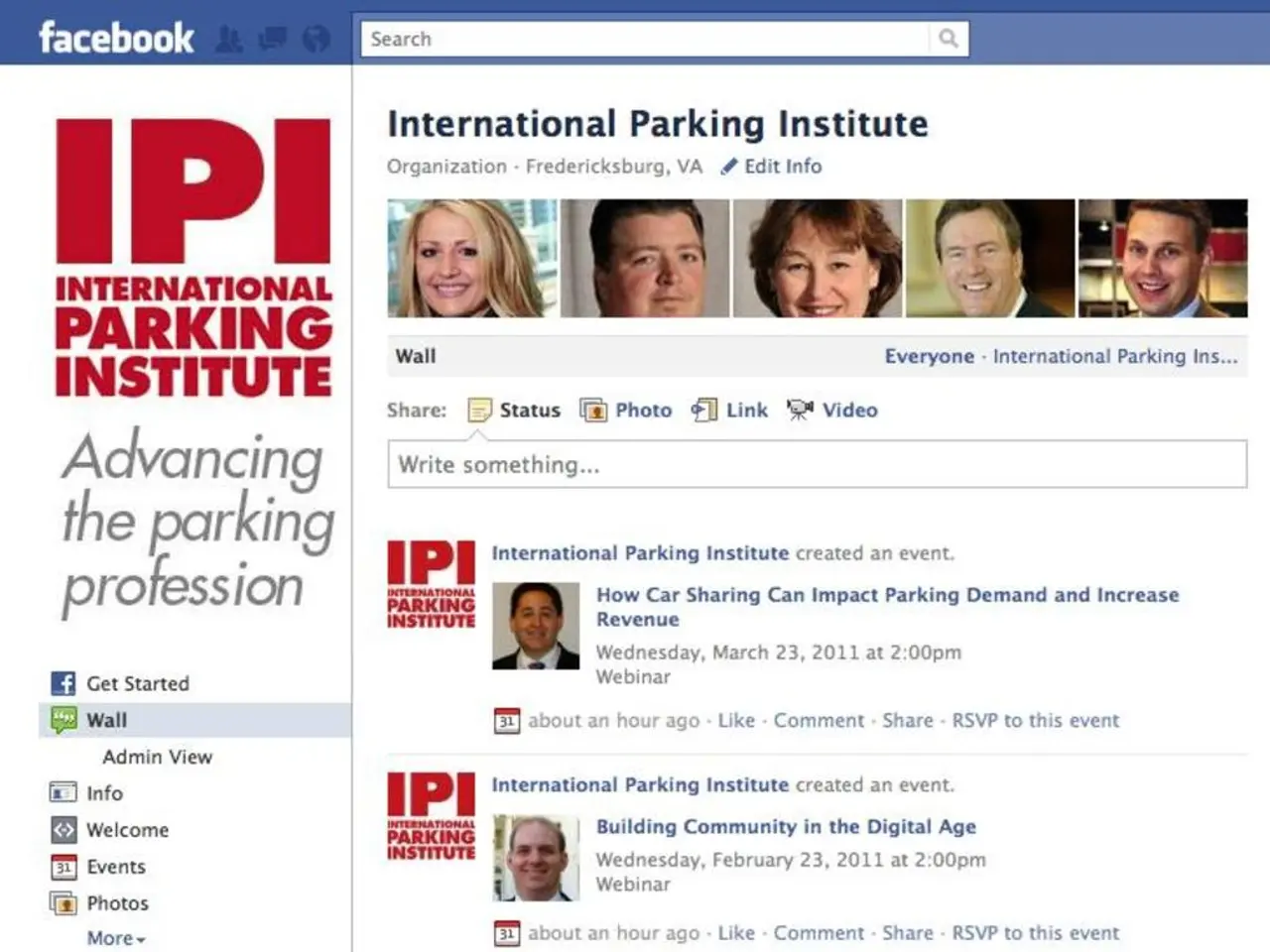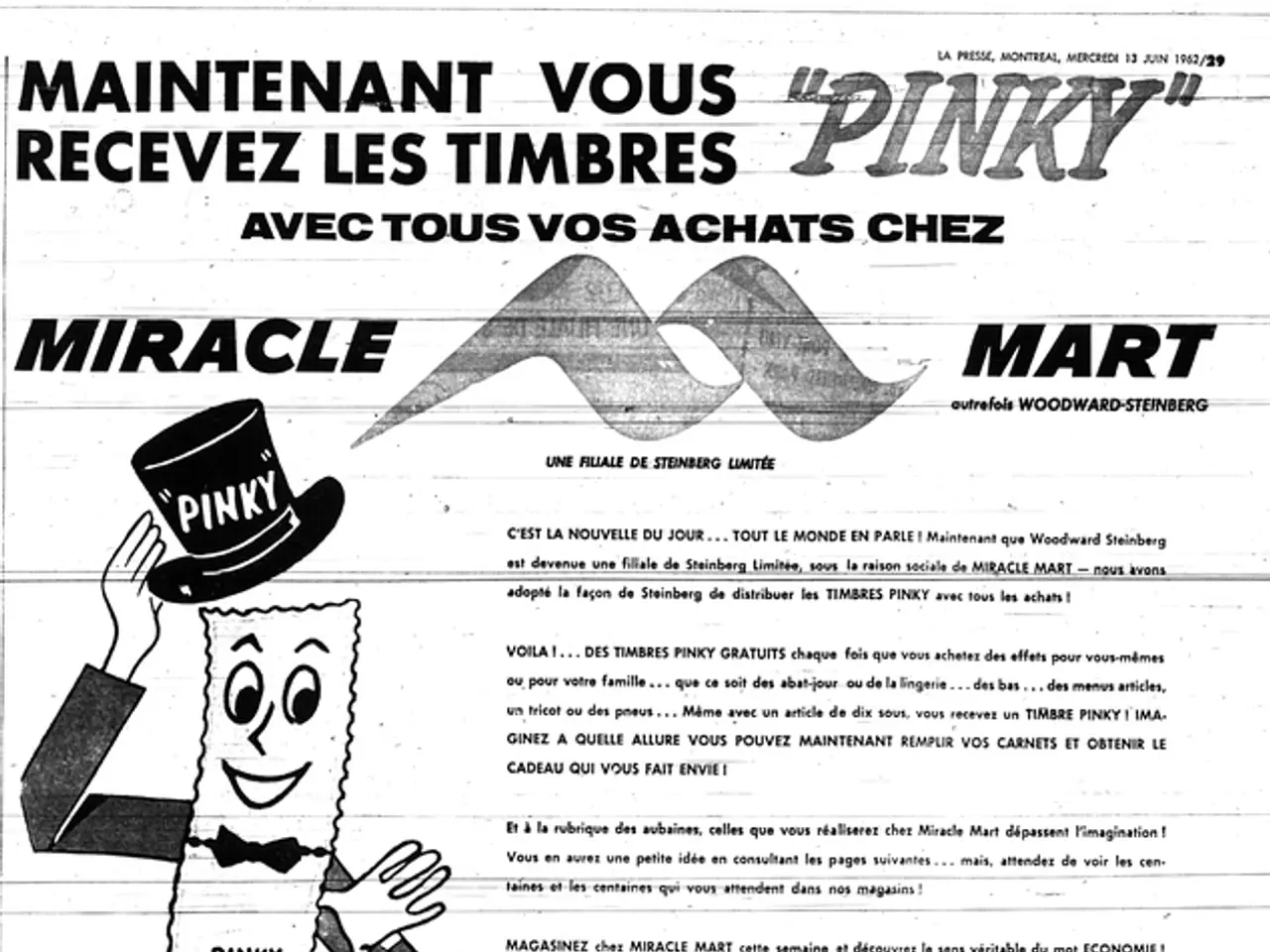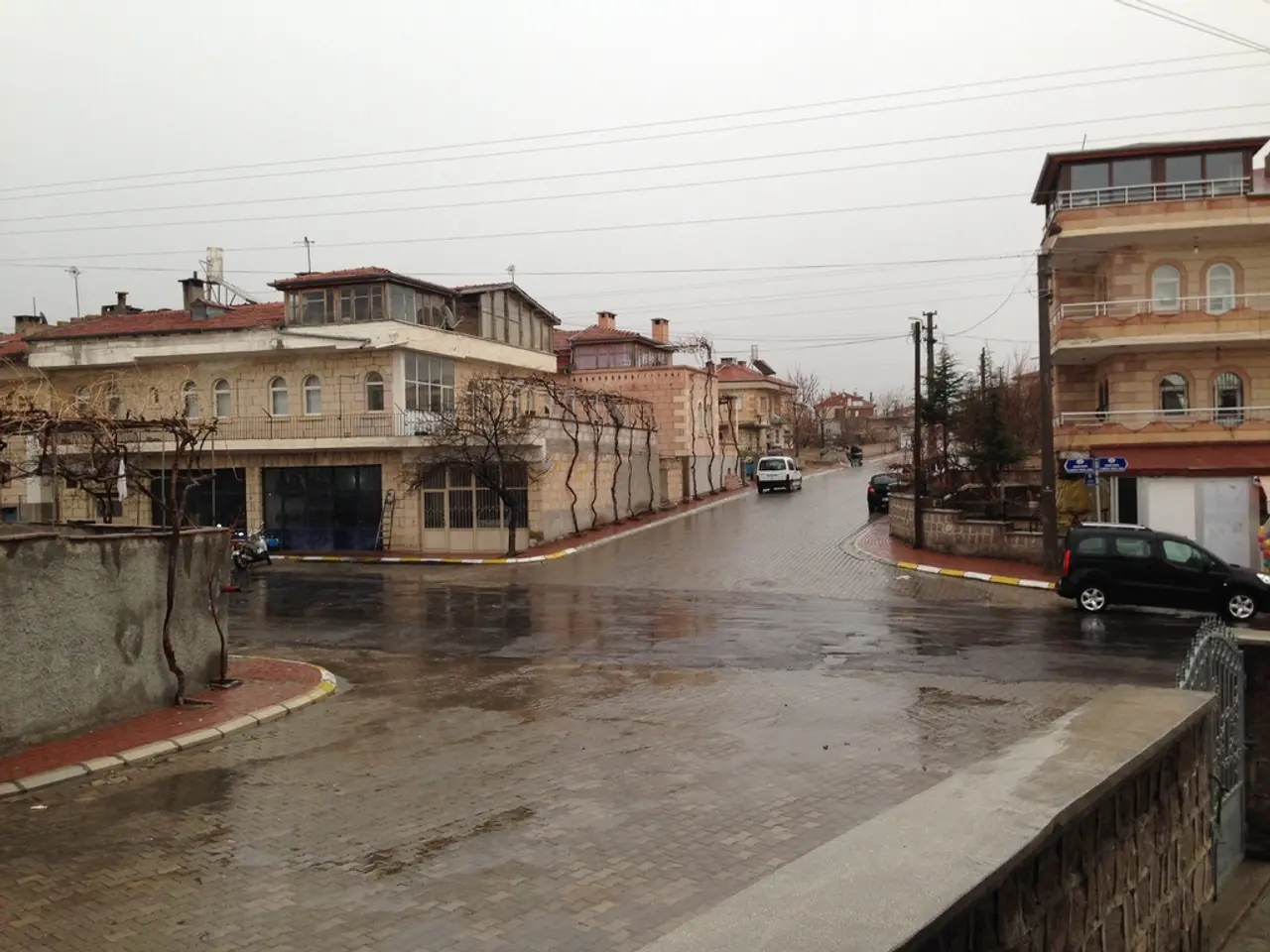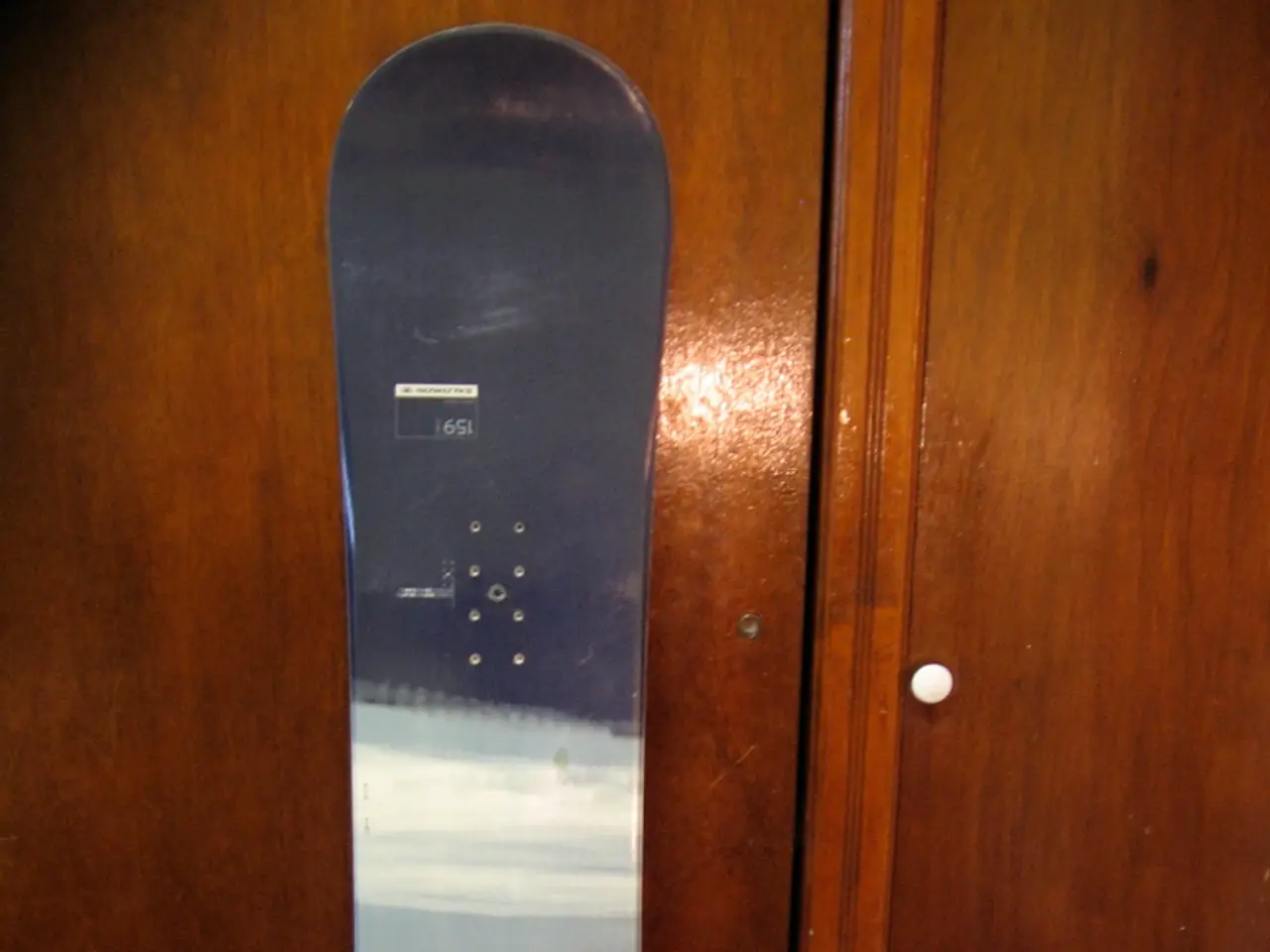Strategies for Creating Facebook Pictures That Boost Click-Through Rates
Facebook Ad Designs: What Worked in 2017
In a series of tests conducted in 2017, a team analysed the effectiveness of 35 different Facebook ads to determine the visual elements that drive the most clicks. The goal of any Facebook ad is to capture attention with a combination of striking visuals and compelling copy, and then entice viewers to click through to a site.
The results were clear: left-aligned text performed significantly better than ads with right-aligned or centered text. From the two rounds of testing, eight key tips were gleaned: left-align text, use recognizable images and memes, include a product shot, include a call to action, use fun and playful icons, use white text, mix up font styles, and use interesting and thematic images.
One of the most effective visual elements discovered was the use of high contrast colors. A dark color scheme in ads resulted in 131% more clicks than the sample average. This, combined with bold typography, improved readability and created striking visuals that stood out in a crowded Facebook feed.
Personalized visuals, such as those incorporating the user's name or preferences, were also found to be stronger attention-capturing properties and drive higher engagement. Ads that used self-relevant cues and customization features were shown to attract and engage viewers better than non-personalized ads.
Dynamic branding, adjusting imagery and layouts based on user behavior or preferences, also helped make ads feel uniquely tailored, increasing the relevance and engagement of the ad. This was shown in tests where hyper-personalized designs, such as customized birthday songs or tailored product displays, achieved better user attraction and brand engagement.
Interesting and thematic images also played a significant role in the success of a Facebook ad. In the second test run, the top performing ad used a metaphorical image of a beautiful night sky, which stood out against a white background and included the ebook cover. Using recognizable images, such as memes, resulted in 145% more clicks compared to the sample average.
The graph ad's text was left-aligned, contrasting colors made the image pop, and the title stood out due to being the only white element. The third most popular ad design included a graph, which received 86% more clicks than the average for the sample.
The third most popular ad from the second test used coffee as a popular topic, icons, and a fun and whimsical style to help the product seem more accessible. The second most successful ad from the second test used a dark color scheme, a large red call to action button, and clear instruction to "Click to Download".
In conclusion, the most effective visual elements for Facebook ad designs in 2017 included high contrast colors, bold and clear typography, and personalized content that captures attention by being relevant to the user. The team also created customizable Facebook image templates to help with the next campaign. While the sources from 2025 discuss more advanced trends like AI-driven personalization and dynamic content, the fundamental principles of using bold visuals, clear typography, and personalized elements were already found effective in earlier studies around 2017 for Facebook ads.
In 2017, the team discovered that incorporating high contrast colors in Facebook ad designs led to 131% more clicks than the average, making them striking visuals that stood out. Also, ads that utilized personalized content, such as those with self-relevant cues or customization features, were shown to drive higher engagement. This indicates that both technology and social media (gadgets) can play a significant role in the success of entertainment-related items (entertainment) like Facebook ads, as they allow for the creation of dynamic, personalized, and engaging content.




